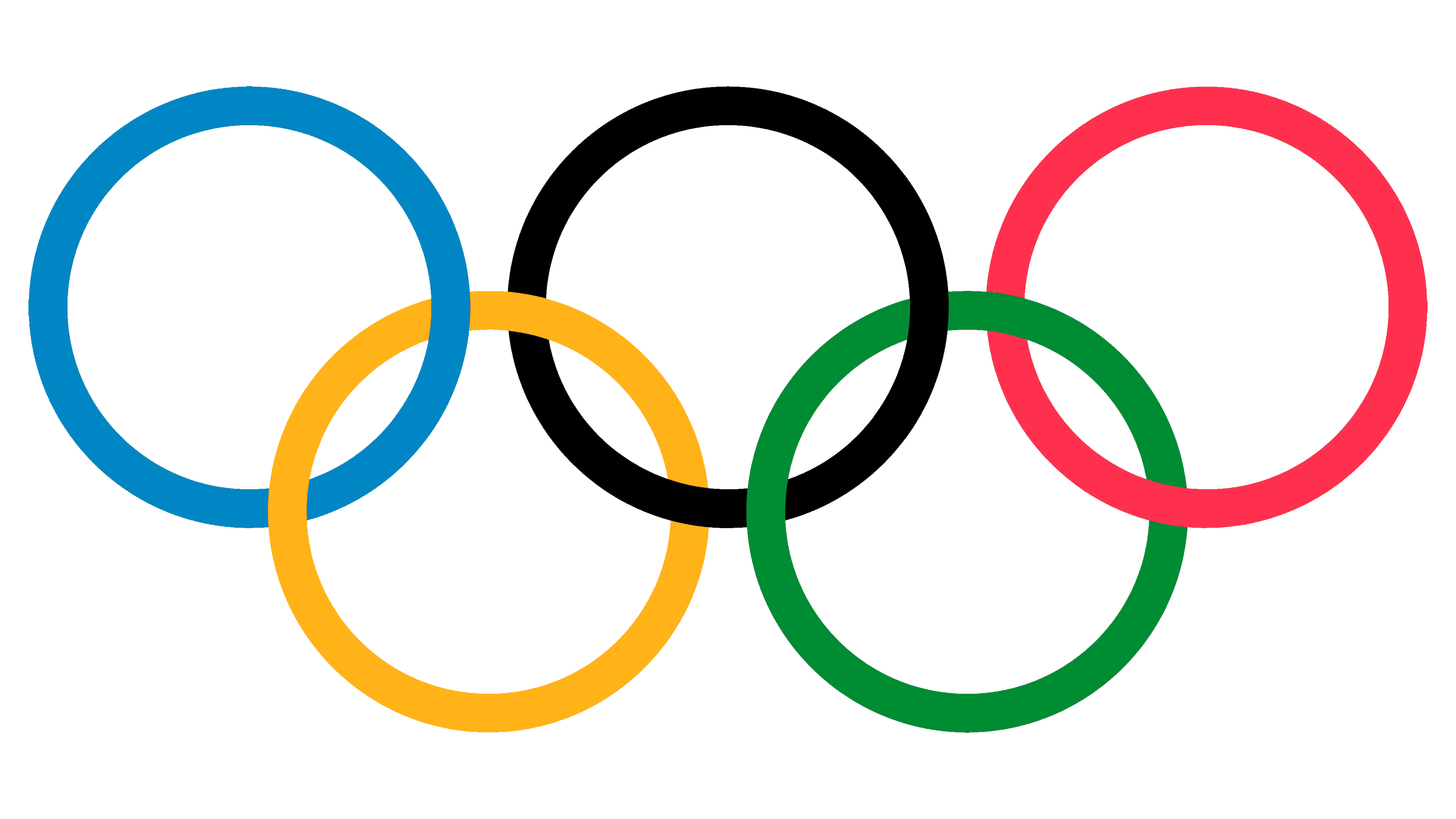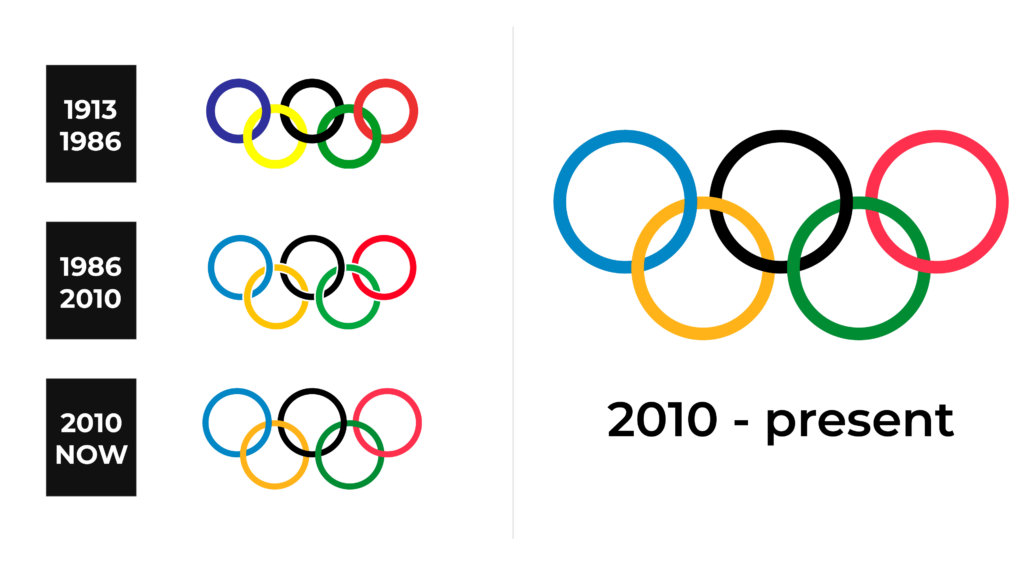The Olympics are globally renowned sports competitions with a rich international presence. On a quadrennial basis, over 190 nations gather to compete in either 26 or 15 distinct sports disciplines, contingent on the seasonal categorization of the event as either summer or winter. A designated host city shoulders the responsibility of orchestrating this grand spectacle.
Meaning and History
The origins of these international contests trace back to an ancient Greek tradition. The year 776 BC marked the inception of sports events infused with spiritual undertones among the Greeks. These events transpired every four years, and the interim span was dubbed the Olympiad, serving as a unique temporal measure.
Olympia, a modest town, consistently served as the host site. These ritualistic competitions, devoted to the supreme deity Zeus, culminated in the immortalization of victors through statues. The advent of Roman influence prompted the prohibition of Olympic Games as an embodiment of pagan rituals.
It wasn’t until 1894 that the multi-discipline sporting events were rekindled, although prior efforts had been made to revive them. Evolution led to the division of the Games into two distinct seasons—summer and winter—owing to the impossibility of showcasing winter sports during the summertime. As the concept progressed, the Olympics adopted symbolic elements, including mascots, mottos, anthems, and notably, the emblem adorned with five interlocking rings, an enduring hallmark since 1913.
Pierre de Coubertin, the visionary behind the International Olympic Committee, was the developer of almost all the Games’ symbols. An intellectual, historian, and educator, Coubertin emphasized the significance of physical education akin to the ideals of ancient Greece. He resurrected the Olympics, a realm he perpetually romanticized.
What is Olympics?
These international athletic spectacles have been flourishing since the 19th century, once every four years. Inaugurated in Greece in 1896 and more recently hosted by Japan in 2021, the Games epitomize the pinnacle of global sporting competition.
1913 – 1986
Coubertin’s work also resulted in an iconic emblem—a group of interconnected rings, each distinctively hued. The rings were green, yellow, red, black, and blue. Coubertin ingeniously wove together the flags of participating nations by incorporating representative colors from each. Simultaneously, these rings symbolized continents, underscoring the global nature of the competition.
Paradoxically, Coubertin’s inspiration for the Olympic emblem did not emanate from ancient Greek history. Rather, he drew inspiration from the logo of the USFSA, which featured interwoven red and blue rings.
The inaugural appearance of the Olympic Games flag happened in 1920 within the Belgian city of Antwerp. Variability in height, row density, and line width characterized early versions due to the absence of standardization.
1986 – 2010
A revised version emerged, attributed to an undisclosed designer, in 1986. This adaptation introduced gaps at the interstices of the rings, preventing visual merger due to outdated printing techniques.
2010 – today
In 2010, the voids between the rings were removed, reinstating the emblem’s initial appearance akin to Pierre de Coubertin’s 1913 creation. Contemporary modifications encompassed the refinement of delicate lines, retaining the familiar chromatic palette—albeit with updated shades.
Color
Yet, the emblem of interlocking rings retains its form to feature tradition. Each ring is distinctively hued: red, green, black, yellow, and blue. Collectively, these hues symbolize the five continents whose peoples actively engage in the Olympics.
Font
The typography adorning the logos undergoes a metamorphosis every four years to reflect the host cities’ pursuit of creating unique identities.






